KEY SIGNATURES
Key signatures are used to facilitate reading and writing of notation in different keys. The key signature applies all the way to the end of the composition, an accidental only as far as the next bar line.Relative keys share the key signatures.During the Baroque period, it was common to include in the key signature only part of the chromatic alterations included in the composition (for example, music written in A sharp would include not more than two sharp signs in the key signature but indicate individual G sharps with an accidental). The reason for this was that melodies were often thought of as representing a church mode instead of a major or minor key.Written in different clefs, key signatures with sharp signs can be perceived as showing a rising tendency whereas key signatures with flat signs show a falling tendency. For keys with sharp signs, the rising tendency can be seen only in the tenor clef since F sharp and G sharp were traditionally written in the upper part of the staff.
Remembering MAJOR Key Signatures
Many musicians have difficulty remembering key signatures and how many sharps and flats there are in different keys. And it is not only for exams that you need to learn the music keys. Knowing which sharps and flats are in different keys will help you with your scales and sight reading as well. There are many different methods to help you remember including mnemonics and various interval based methods, but I have found a good place to start is with my simple technique to remembering music keys
First here are all the key signatures of the keys that have sharps. I have included the key of C Major (no sharps or flats) at the start, just for the sake of completeness, although clearly there is nothing there!
Simple method for remembering
key signatures with sharps
This didn't occur to me until I was writing the number of sharps in the major scales for my students one day. By this point I had been studying music for over twenty years and not spotted this. I could have kicked myself for not noticing it before and, in fact, it can also be used to remember the minor scales as well. You only need to remember two things.
The first things to remember is the order of the sharps which is
F C G D A E B
Some people remember this with the mnemonic
Father Charles Goes Down And Ends Battle
and others just remember that they need to start on F and keep going up a fifth for each sharp.
The second thing you need to remember is that C major has no sharps and no flats.
Once you know these two things there is a simple method to help work out all the key signatures for any major key. Just watch the short video below to learn how to do it.
Minor Key Signatures
The most important first step in learning about minor key signatures is, strangely enough, to learn the major key signatures! As you will see below, once you have learned these, you already know the minor key signatures.
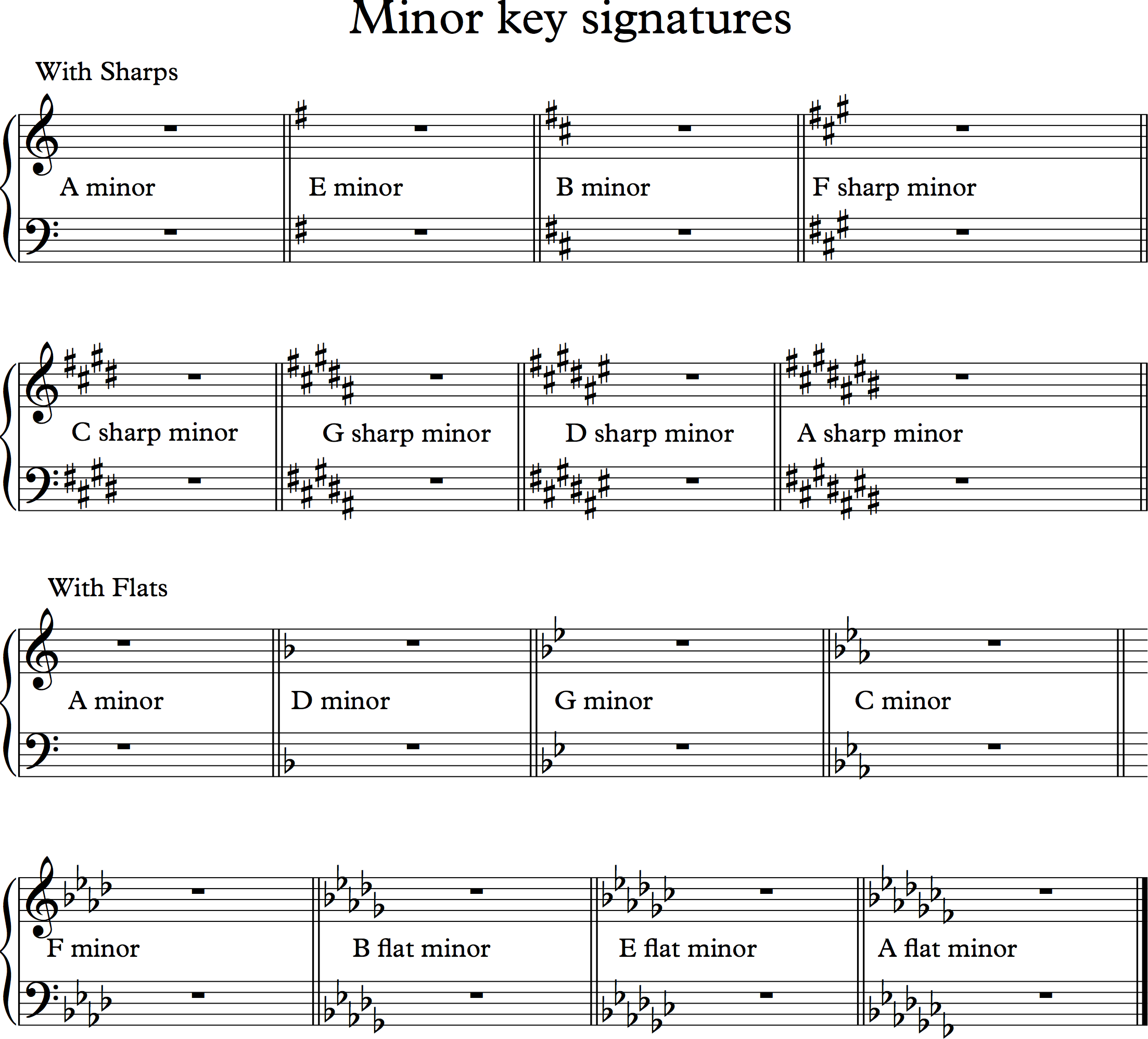

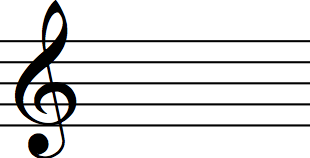
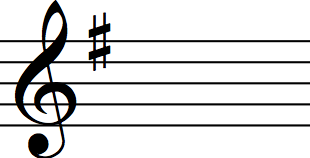
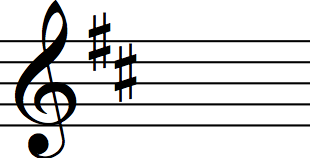
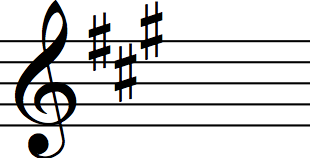
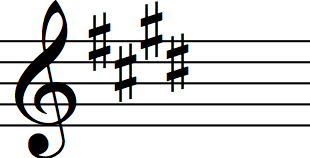
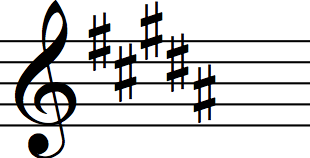
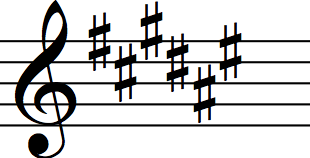
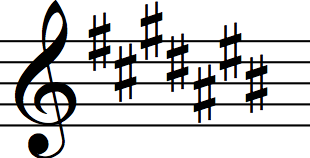
No comments:
Post a Comment